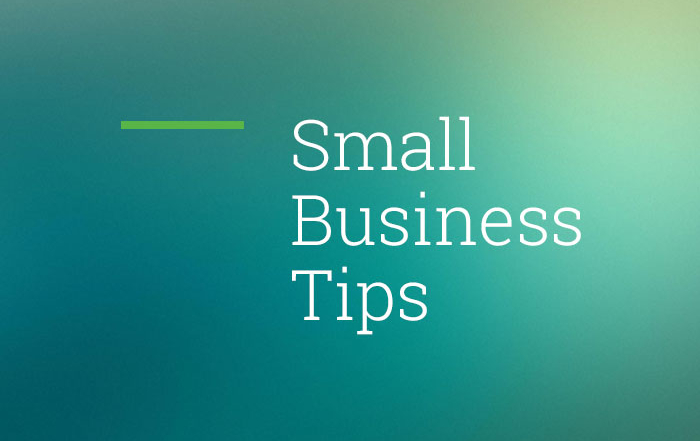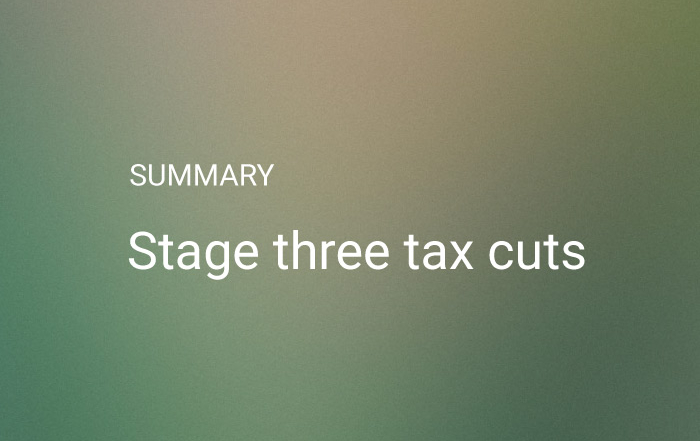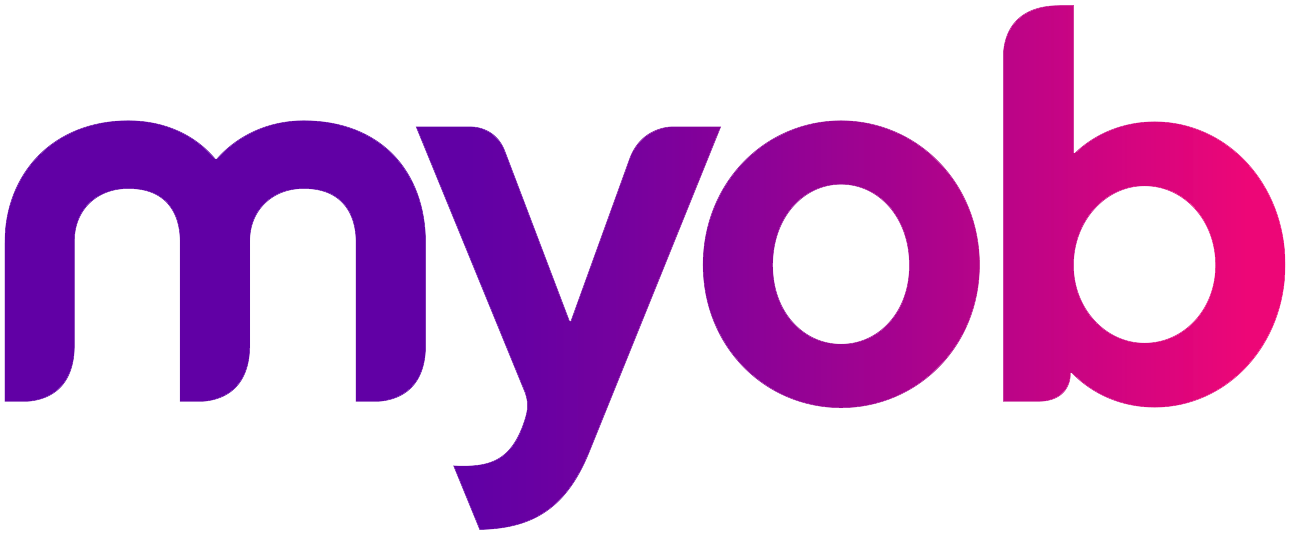
Ryan Huts
November 13, 2023
Authenticated digital signatures can be a valuable part of your cyber security approach. They are more efficient than printing, signing and scanning documents and provide one-off encryption for the highest level of security. In fact, they are more secure than a handwritten signature. DFK Gooding Partners IT Manager Ryan Huts provides a high level overview of digital signatures, why you should consider using them, and some software recommendations.
Why use digital signatures?
If you have a lot of documents that require signing within your business, whether internally or externally, using a digital signature app will streamline your workflow and make managing the signing of documents more accessible. In addition to efficiencies, there numerous other benefits worthwhile considering:
- Authentication: Digital signatures authenticate the identity of the signer, instilling trust in the origin of the document
- Non-repudiation: Providing non-repudiation, digital signatures prevent signers from denying their involvement in the document
- Efficiency and Speed: Streamlining processes, digital signatures expedite document signing, particularly beneficial for time-sensitive transactions
- Cost Savings: Cost-effective and eco-friendly, digital signatures eliminate the need for physical paperwork, reducing administrative and environmental cost
- Compliance: Digital signatures help businesses adhere to industry and regional regulations governing electronic signatures
- Remote Collaboration: Digital signatures enable secure and efficient signing from anywhere in the world.
- Enhanced Security: Encryption makes digital signatures more resistant to forgery than traditional handwritten signatures.
- Global Accessibility: Global accessibility allows parties worldwide to sign documents without physical presence or reliance on postal services.
Electronic and secure digital signatures
Not all digital signatures have the same level of verification and cyber safety. It’s important to understand the difference between electronic and secure digital signatures. For example, you can scan your signature, save it as an image file, and attach it to documents. This is an electronic signature but not an authenticated digital signature and is easily copied and hacked.
An authenticated signature includes unique digital verification that uses public key cryptography technology within the signature. So, the signature comes with encrypted authorisation embedded in it, and it’s virtually impossible to hack.
Digital signatures also provide an audit trail of the signature process – from sending the document to when it’s read and signed, and sent back to the document owner. Once you’ve created a document and sent it for signing, you can see outstanding documents at a glance and send reminders from within the platform.
Platforms to consider for authenticated digital signatures
There are many options available for authenticated digital signatures. Below are the three we recommend to clients, however it is also worthwhile checking with your industry network to see if there is anything that has been built to suit specific workflow requirements.
Check their level of encrypted security and audit trail functions. Most are very simple to use, requiring nothing more than you opening an account, uploading documents and sending. The recipient may need to create an account, but some apps use a code sent separately to sign the document without the recipient needing their own account.
Where we can help
We’re committed to helping your business stay secure in today’s world of cyber risks. Digital signatures are an easy tool to help your business’s cyber safety, and there are many other simple tips you can implement. Talk to us if you’d like to learn more about how your business can stay cyber-safe and secure.
Get in touch
Please contact us via email or phone. Alternatively, complete the quick contact form and one of our team will be in touch to discuss your requirements.
info@dfkgpca.com.au
(08) 9327 1777









